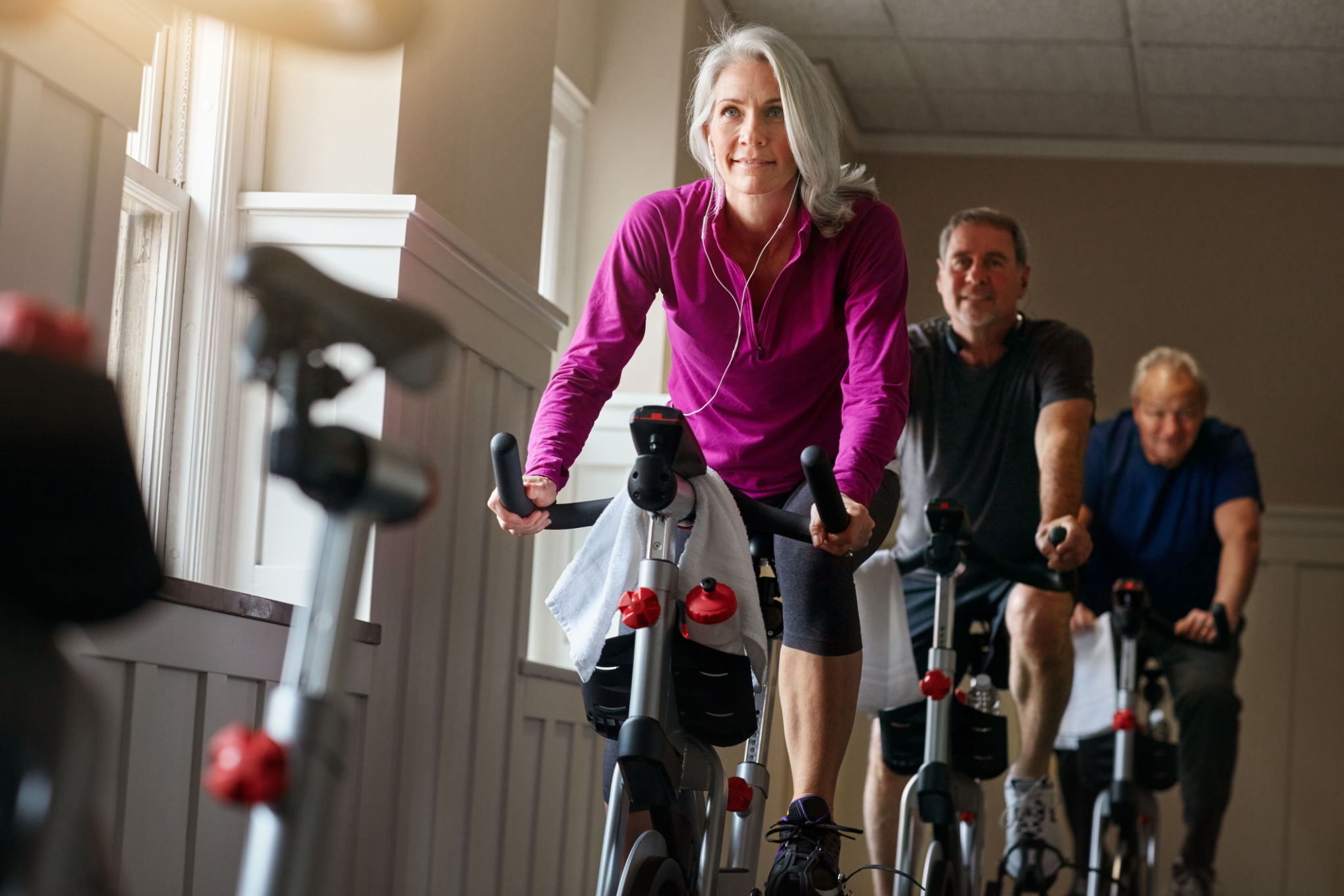How to Stay Fit and Pain-Free in Your 40s and Beyond
Understanding the Importance of Fitness in Your 40s
Reaching your 40s can be a transformative period in life, presenting new opportunities and challenges. One of the most significant shifts is the need to adapt your fitness routine to suit your evolving body. Remaining fit and pain-free is essential not only for physical health but also for maintaining an active and fulfilling lifestyle. The good news is that with the right approach, you can continue to thrive well into your later years.
As we age, our bodies naturally undergo changes such as decreased muscle mass, slower metabolism, and reduced bone density. These factors make it crucial to incorporate exercises that promote strength, flexibility, and endurance. Staying active helps manage weight, reduce the risk of chronic diseases, and improve mental well-being.

Adapting Your Exercise Routine
It's important to tailor your exercise regimen to accommodate the changes in your body. A balanced approach that includes cardiovascular, strength training, and flexibility exercises can help you stay fit without overstraining yourself.
Cardiovascular Exercises
Engaging in regular cardiovascular activities such as walking, cycling, or swimming can enhance heart health and boost metabolism. Aim for at least 150 minutes of moderate-intensity cardio per week. These exercises not only improve endurance but also help in managing stress levels, which is crucial as we age.

Strength Training
Strength training becomes more important as you age to combat muscle loss and maintain bone density. Incorporate exercises like squats, lunges, and push-ups into your routine. Using resistance bands or light weights can also be beneficial. Aim for two to three sessions per week, ensuring you target all major muscle groups.
Maintaining Flexibility and Balance
Flexibility and balance are vital components of a comprehensive fitness plan for individuals in their 40s and beyond. Activities like yoga or Pilates can significantly enhance flexibility and core strength.
Yoga and Stretching
Practicing yoga or simple stretching exercises can help maintain mobility and reduce the risk of injury. These activities also promote relaxation and mental clarity. Dedicate a few minutes each day to stretching major muscle groups to improve flexibility and circulation.

Balance Exercises
Improving balance is crucial to prevent falls and maintain independence as you age. Simple exercises such as standing on one leg or practicing tai chi can enhance stability. Integrating balance exercises into your daily routine can lead to better coordination and overall confidence in movement.
Pain Management and Recovery
Even with a well-rounded fitness plan, occasional aches and pains are inevitable. Understanding how to manage these discomforts can help you maintain your fitness routine without interruption.
Incorporating rest days into your schedule allows your body to recover and repair itself. Additionally, techniques such as foam rolling, massage, or using hot/cold therapy can alleviate muscle tension and soreness. Always listen to your body and consult a healthcare professional if persistent pain occurs.

Nutritional Considerations
Alongside physical activity, nutrition plays a vital role in staying fit and pain-free. Focus on a balanced diet rich in whole foods, lean proteins, healthy fats, and plenty of fruits and vegetables. Staying hydrated is equally important for optimal body function.
Consider incorporating foods high in calcium and vitamin D to support bone health. Omega-3 fatty acids found in fish or flaxseeds can reduce inflammation and joint pain. It’s also beneficial to monitor portion sizes to maintain a healthy weight.
Conclusion: Embracing a Healthy Lifestyle
Staying fit and pain-free in your 40s and beyond requires a proactive approach that combines regular exercise with mindful nutrition and self-care. By adapting your routine to meet the needs of your changing body, you can enjoy an active lifestyle that enhances both physical health and mental well-being.
Remember that consistency is key. Set realistic goals, stay motivated, and celebrate small victories along the way. With dedication and the right mindset, you can navigate this exciting chapter of life with vitality and confidence.
